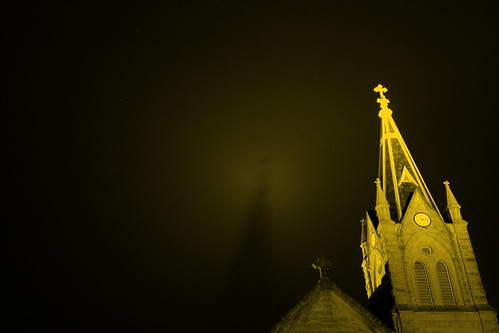Great post, Kevin. A tripod and release are HUGE helps. Even if you want to go the HDR route, you definitely need that setup to ensure getting exposures that are identically framed. If you want to eliminate motion blur, you can use HDR. If you want to include it, then a long exposure is cool.
More than one way to skin a cat. Makes it fun.
More than one way to skin a cat. Makes it fun.








Comment